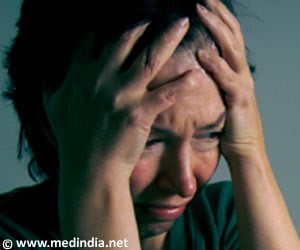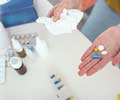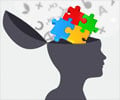Mental distress was associated with gender nonconformity among female and male high school students, found new study.

‘Gender nonconformity describes when an individual's gender expression, such as through appearance or behavior, doesn't align with societal expectations of their gender. ’





Who, What and When: 6,082 high school students who were racially/ethnically diverse and representative of all high school students in those three school districts; the survey assessed gender expression, mental distress and substance use; this study analyzed data to describe the spectrum of gender expression and associations between nonconforming gender expression, mental distress and substance use among students How (Study Design): This was an observational study. Researchers were not intervening for purposes of the study and cannot control all the natural differences that could explain the study findings.
Authors: Richard Lowry, M.D., M.S., of the Centers for Disease Control and Prevention, Atlanta, Georgia, and coauthors
Study Limitations: The data apply only to young people who attend school, and sexual minority and gender minority students may be disproportionately represented among high school dropouts or those who are absent from school; data can suggest only association, not causality; and self-reported behaviors can be under or over reported.
Related Material: The editorial, "Gender Diversity and Adolescent Well-Being," by Ellen Selkie, M.D., M.P.H., of the University of Michigan, Ann Arbor, also is available on the For The Media website.
Advertisement
(doi:10.1001/jamapediatrics.2018.2140)
Advertisement
Source-Eurekalert











